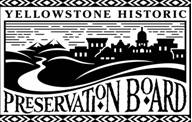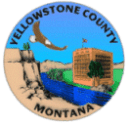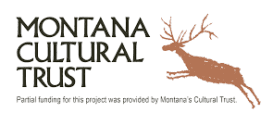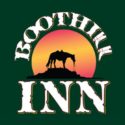Led by a team of Northern Cheyenne (Tsistsistas) scholars, the American Indian Tribal Histories Project (AITHP) created educational DVDs to share the tribal histories from the Northern Cheyenne perspective.
The Cheyenne Creation Story
This educational program tells the creation stories of the Cheyenne creation, which include: the four spirits, Northwest, Northeast, Southwest, and Southeast; the creation story of the Earth, also known as Mud Hen; the creation of the seasons; the creation of the Cheyenne man and woman; the early creation story, The Great Race; and how the creation is preserved in two major ceremonies, the Arrow Renewal Ceremony and the Sundance Ceremony. Copyright 2005
The Origin of The Tsistsistas
This educational program covers the origin of the Tsistsistas; Sweet Medicine, the prophet of the Cheyenne people; and Bear Butte – the location where he received the ways of the Cheyenne people and the teachings he brought back to them, which include the Sacred Arrows Covenant, the Cheyenne Council of Forty-four and the tribal societies. Copyright 2005.
The Origin of the Suhtaio
This educational program covers the origin of the Suhtaio; Erect Horns, a prophet of the Cheyenne people; Black Mountain – the site where he received the teachings for Suhtaio; and the teachings he brought to the Cheyenne people, which include the Sacred Hat Covenant and the Sundance Ceremony. Copyright 2005.
The Separation and the Migration of the Cheyenne
This educational program covers the separation and migration of the Cheyenne, which includes the 10 tribal bands; the final separation of the Northern Cheyenne and Southern Cheyenne as a result of the treaties; acts that have affected the Northern Cheyenne; and the coming home of Chief Dull Knife and Chief Little Wolf. Copyright 2005
Cheyenne Leadership
This educational program covers the Cheyenne leadership, which includes the transition of leadership, beginning with Chiefs and Societies through the present-day tribal government that was established with the Indian Reorganization Act of 1934, also known as the Wheeler-Howard Act; the Bureau of Indian Affairs; the Northern Cheyenne Tribal Constitution of 1935; the Northern Cheyenne Tribal Constitution of 1960 and 1995; the Northern Cheyenne Reservation Districts; and the co-existence of traditional and contemporary leadership. Copyright 2005















